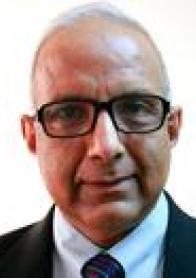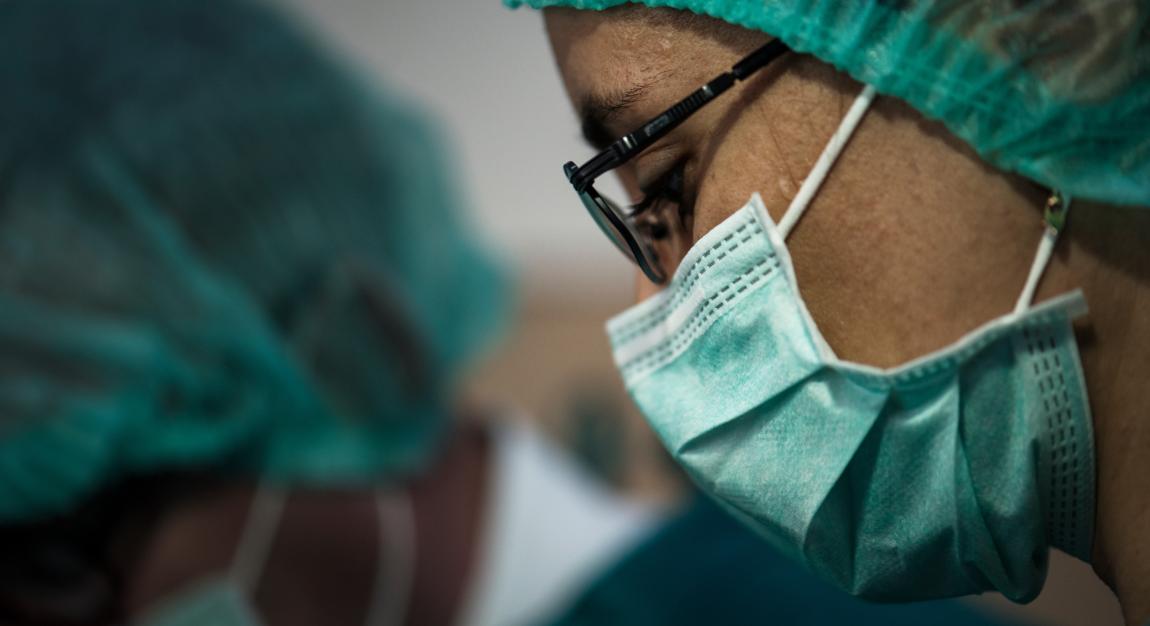- In South Asian and Sub-Saharan African nations, the disease burden is enormous, with millions in need of surgery, but cost and access to specialized treatment are significant barriers.
- Organizations like the Cardiac Surgery Intersociety Alliance (CSIA) are helping low- and middle-income countries develop facilities for heart disease management, with some success in providing free or low-cost surgeries. However, a vast need remains for more affordable and conservative treatment options.
- In high-income countries, Transcatheter Aortic Valve Replacement (TAVR) is widely used, but applying this costly and complex technology to low-risk patients has resulted in negative outcomes. It is important to reassess the use of TAVR and balance it with traditional, safer options like SAVR, especially in countries with limited resources.
It is time to reconsider the management of Aortic valve Disease (AVD) across the world. In South Asian and Sub-Saharan African nations, in low-income countries, AVD is treated with surgical aortic valve replacement (SAVR). Patients receive mechanical valves. The population is younger than in high-income countries and the disease is different, mostly of rheumatic origin.

Access to specialized cardiac care is limited in many low-income countries. This includes both diagnostic and therapeutic options. The cost is unaffordable. Surgeons opt for valve repair, replacement with homograft, reconstruction with pericardium, etc., all with the primary intention of extending life, free of anticoagulation.
The burden is enormous and estimated to be in excess of six million patients, in India alone. Nearly 300,000 patients die waiting for surgery.
A global initiative by professional societies is attempting to assist low- and middle-income nations to develop facilities for the diagnosis and management of heart disease, in particular valvular diseases. Cardiac Surgery Intersociety Alliance (CSIA) is one such initiative. It is a collective effort among STS, The American Association of Thoracic Surgery, The European Association of Thoracic Surgery, The Asian Society of Cardiovascular and Thoracic Surgery, and the World Heart Foundation.
In the last five years, CSIA’s efforts have been commendable in assisting low-income nations with a high burden of heart disease. In India, there are at least six charitable institutions that provide free and state-of-the-art facilities for poor patients (approximately 6,000 procedures per year). Despite these efforts, there is still a vast need for more affordable facilities.
The higher need is for conservative valve surgeries and reduction of cost for the low- and middle-income countries. The cost of treatment is perhaps the lowest in the world and is almost entirely dependent on traditional and time-tested SAVR. Many of these countries do not have health insurance and patients need to raise the necessary funds for their treatment.
On the other hand, high-income countries have adequate and widespread healthcare facilities of the highest technological advancement. Patients in these countries are covered by national healthcare insurance. Over the past three decades, these facilities have become highly technological and with high scientific advancement.
Countries like the USA, Canada, Europe, and the Middle East have adopted new, highly sophisticated, and expensive technologies. These have evolved from attempts to extend life short term by catheter-based interventional and robotic surgical procedures to those patients with comorbidities.
The industry is producing enormously expensive catheter-based valve substitutes for these procedures such as transcatheter aortic valve replacement (TAVR). These procedures were primarily to avoid painful surgery, reduce the hospital stay, and return to full activity in a short time for those unfit for SAVR.
This was to help incapacitated patients live by themselves, in their terminal years of life. The early results were encouraging, despite higher mortality, vascular and cerebral complications, and the need for pacemaker implantation.
As the procedure became more freely available, the enthusiastic application to low-risk patients who were good candidates for SAVR resulted in highly unacceptable outcomes. The major drawback was the early need for multiple reinterventions. The healthcare costs and need for new interventional procedures deprived deserving patients of a safe and well-tested SAVR with low mortality and morbidity.
The unexpected outcome of this technology has extended to private institutions in low- and middle-income countries to embrace these new technologies at prohibitive costs. The medical community wanted to jump on the Bandwagon and aggressively market TAVR for patients. TAVR was offered to younger patients because the life span in these countries was a decade less than in developed populations with unusual consequences.
It is time now to assess the real impact of the new technology on both these populations and to limit these procedures to a highly selected group of patients. While new technology is good and necessary, one needs to study the impact on patients’ aspirations (and expectations) for good medical care and physician contact, and make the choice with authentic information between the two procedures: TAVR and SAVR. Primum Non Nocere (first do no harm) must become the true slogan in adapting new technology with a rush and great enthusiasm.
